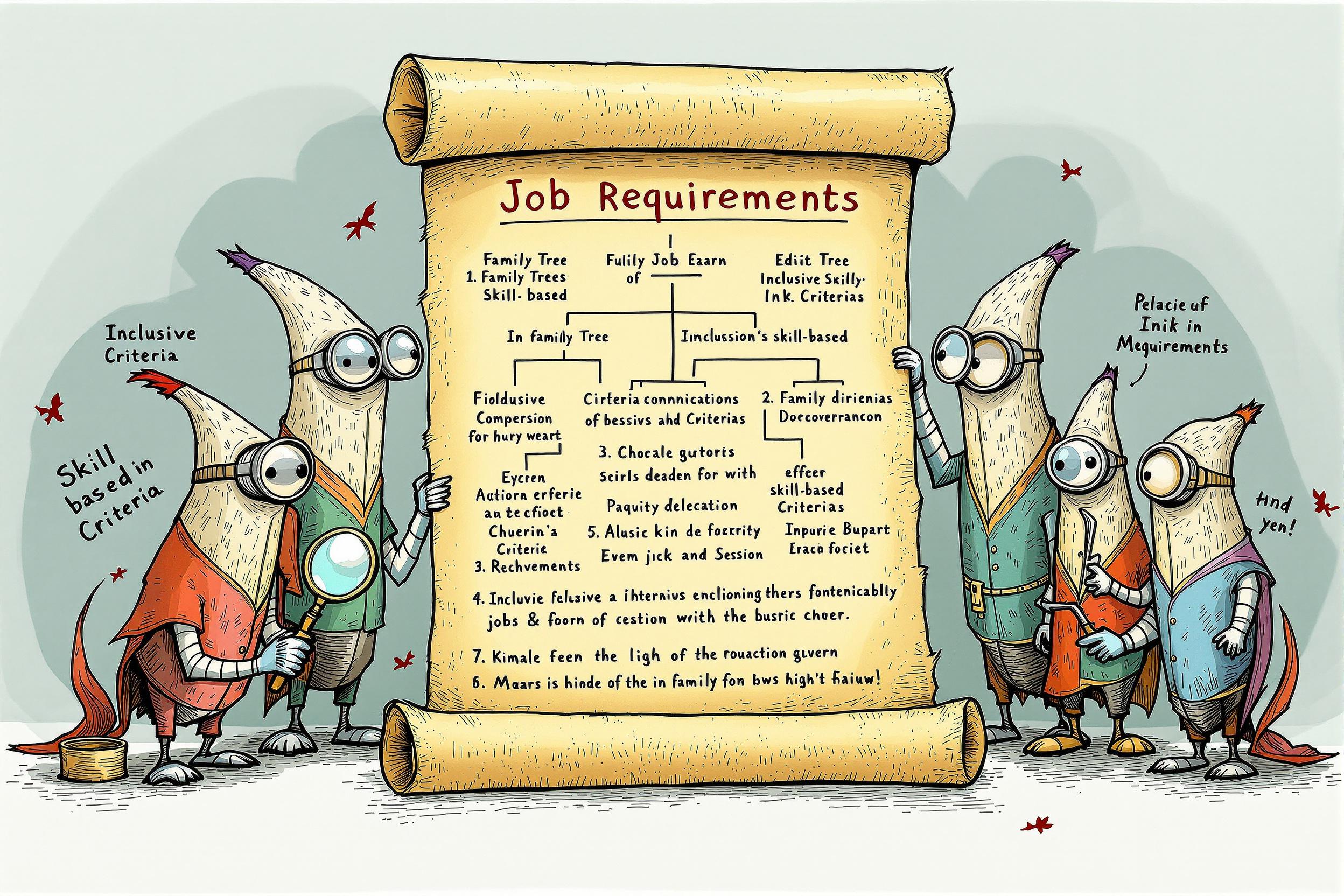
Detailing
Detailing in barbering refers to the precise and intricate work of creating clean, sharp lines and patterns in haircuts. This includes carefully defining hairlines, creating precise edges around ears and necklines, and adding artistic designs or patterns to haircuts. It's similar to how a painter pays attention to fine details in artwork. When someone mentions detailing in a barbering context, they're talking about this careful, precise finishing work that sets professional haircuts apart from basic trims. This skill is particularly important in modern barbering where clean lines and precise edges are highly valued.
Examples in Resumes
Specialized in Detailing and precise line work for complex fade haircuts
Created custom hair designs using advanced Detailing techniques
Trained junior barbers in Detail work and pattern creation
Typical job title: "Detail Barbers"
Also try searching for:
Where to Find Detail Barbers
Professional Networks
Educational Resources
Example Interview Questions
Senior Level Questions
Q: How do you handle training others in detailing techniques?
Expected Answer: A senior barber should discuss their teaching methods, how they break down complex techniques into learnable steps, and their experience mentoring junior barbers in precision work.
Q: What's your approach to creating complex design patterns?
Expected Answer: Should explain their process of planning designs, consulting with clients, and executing intricate patterns while maintaining precision and symmetry.
Mid Level Questions
Q: How do you maintain consistent line work throughout a busy day?
Expected Answer: Should discuss their techniques for maintaining steady hands, proper lighting and positioning, and tools they use to ensure quality remains high even during long shifts.
Q: What's your process for correcting detailing mistakes?
Expected Answer: Should explain their problem-solving approach to fixing line work errors while maintaining the client's desired style and professional appearance.
Junior Level Questions
Q: What basic tools do you use for detailing work?
Expected Answer: Should be able to name and describe the proper use of trimmers, edgers, and guards for basic line work and edge-ups.
Q: How do you approach a basic line-up or edge-up?
Expected Answer: Should explain the fundamental steps of creating clean, straight lines around the hairline and basic safety precautions.
Experience Level Indicators
Junior (0-2 years)
- Basic line-ups and edge-ups
- Simple pattern creation
- Basic tool maintenance
- Customer consultation skills
Mid (2-5 years)
- Complex design work
- Precise fade transitions
- Advanced line work techniques
- Custom pattern creation
Senior (5+ years)
- Training and mentoring others
- Complex artistic designs
- Advanced correction techniques
- Shop management skills
Red Flags to Watch For
- Poor understanding of basic safety practices
- Inability to maintain clean, straight lines
- Lack of proper tool care knowledge
- No portfolio of previous work
- Limited understanding of different hair types and textures
Need more hiring wisdom? Check these out...

Refining Job Descriptions to Expand Applicant Pools: Casting a Wider Talent Net

Speak Their Language: How Localized Job Descriptions Unlock Regional Talent

Navigating Compliance: Structuring On-the-Job Training in Regulated Industries

